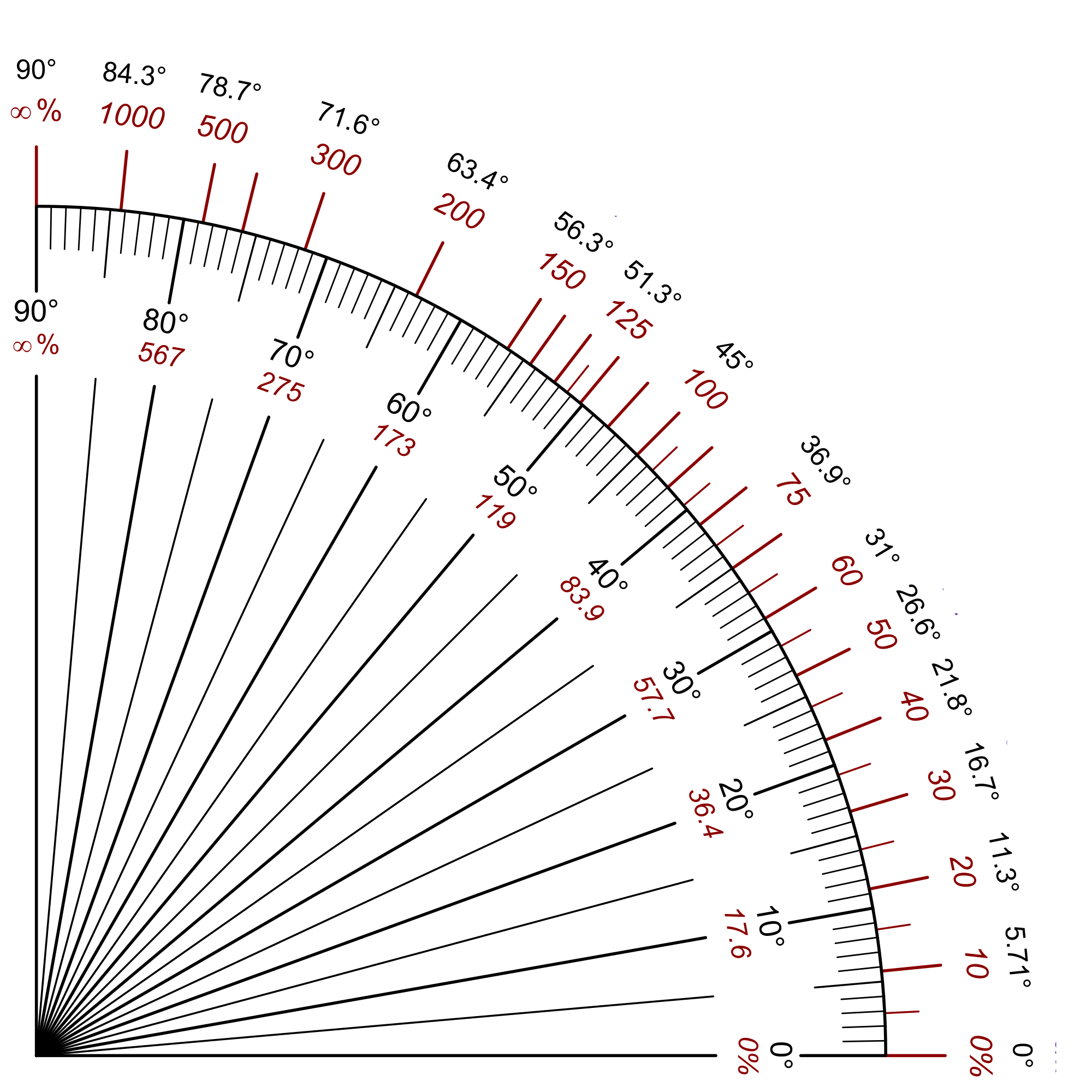How to set up Solar Smart Charging
Basic settings
Getting started with solar smart charging can be a bit daunting for a newcomer, as there is a stack of new terminology to learn. In our aim to make solar smart charging easy to understand, we advice to only ask one thing to get going: Solar PV peak capacity in kWp.
Where do I find my Solar PV peak capacity?
This is the maximum amount of electricity the PV system can produce under ideal conditions. Sometimes called 'rated capacity or 'rated output'. Most domestic solar panel systems have a capacity of between 1 kW and 4 kW.
Advanced settings
Additionally, you can provide more details of the Solar PV system, tweaking these settings can further increase the forecast accuracy of your Solar output.
- Orientation
- Tilt Angle
- Efficiency
- Minimum Solar Power
What is orientation?
The orientation of your solar PV system is the direction it is pointed concerning the directions of a compass. This is important for determining what time of the day the power output from your solar PV system will peak. The numerical values (degrees) for each direction are listed in the image below.

What is Tilt Angle?
The tilt of your solar PV system is a measurement of how far your PV panels are from horizontal. If you have a horizontal (lying flat) tilt, you have a 0-degree tilt. Conversely, a 90-degree tilt is where the panel would be completely upright, pointing towards the horizon. Most rooftop solar PV systems are somewhere in between - usually from 10 degrees up to 40 degrees.
Estimating the tilt of your PV system doesn't have to be an exact science. An estimate to within 5 degrees should be sufficient for any use case.
Flat-lying or vertically oriented PV panels will produce less power across the day than those more moderately tilted. The most 'optimal' tilt for year-round energy generation is 'latitude tilt', meaning the tilt of the PV system is equal to the absolute value of the latitude at it is located at.

What is Efficiency?
Efficiency may also be called the 'Loss Factor'. This is the factor by which to reduce your output forecast from the full capacity based on PV array or inverter characteristics. This is effectively all non-temperature-driven losses in the PV system. This includes wiring losses, degradation, and soiling (dust/dirt on panels).
It is generally difficult to estimate an efficiency factor. Still, a general rule is that PV modules lose 0.5-2% efficiency for each year that has passed since you installed your solar system. If you have a 4-year-old PV system and want to assume a 2.0% loss per year, you would use an efficiency of 92%
What is Minimum Solar Power?
Most EV chargers only allow to Pause/Resume of the charging process instead of modulating the Charge Power consumed by the car. Therefore, whenever there is not enough Solar power available to meet the total Charge Power, the remainder is drawn from the grid.
With this setting, you can set a minimum percentage of Charge Power that has to be covered by the Solar PV before the algorithm may use it to choose the best moments to charge your car.
As soon as less Solar Power is available, the algorithm will assume no solar power is available. Within all moments with at least the amount of solar power set here, the algorithm will always aim to charge the vehicle during the moments with most Solar PV power.
If there are not enough moments with Solar Power to fill the battery, the algorithm will charge your car whenever your lowest tariffs.
An example: Imagine you have an 11 kW charger at home. If your Minimum Solar Power setting is 5%, the algorithm will only schedule the Charge Process in those moments that the Solar Panels produce at least 0.55 kW or 550 Watt. Otherwise, it will just use the lowest tariffs.
Updated 3 months ago
